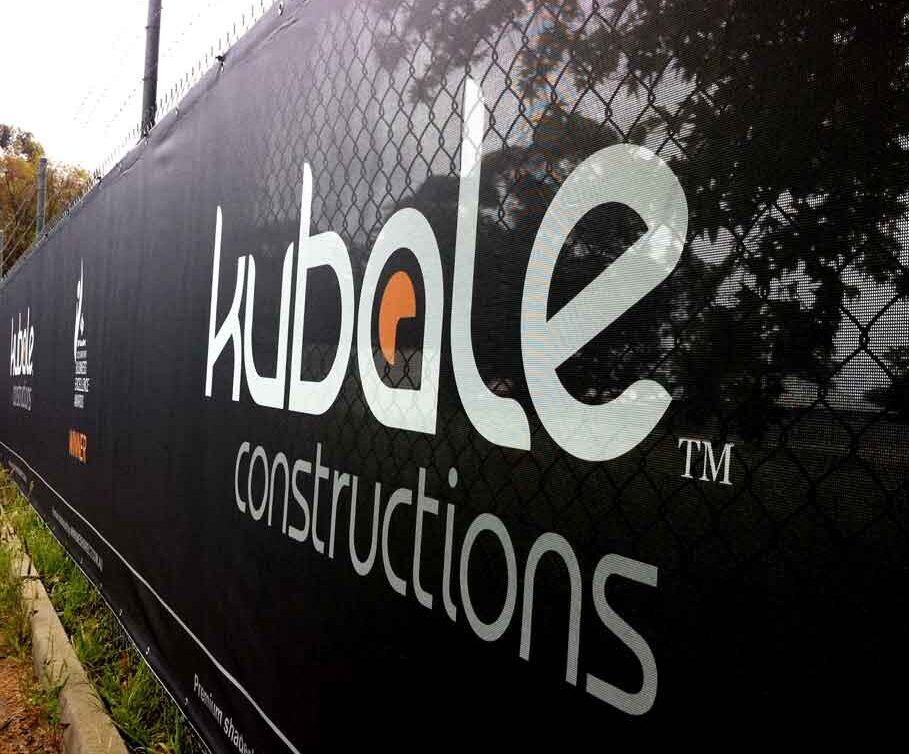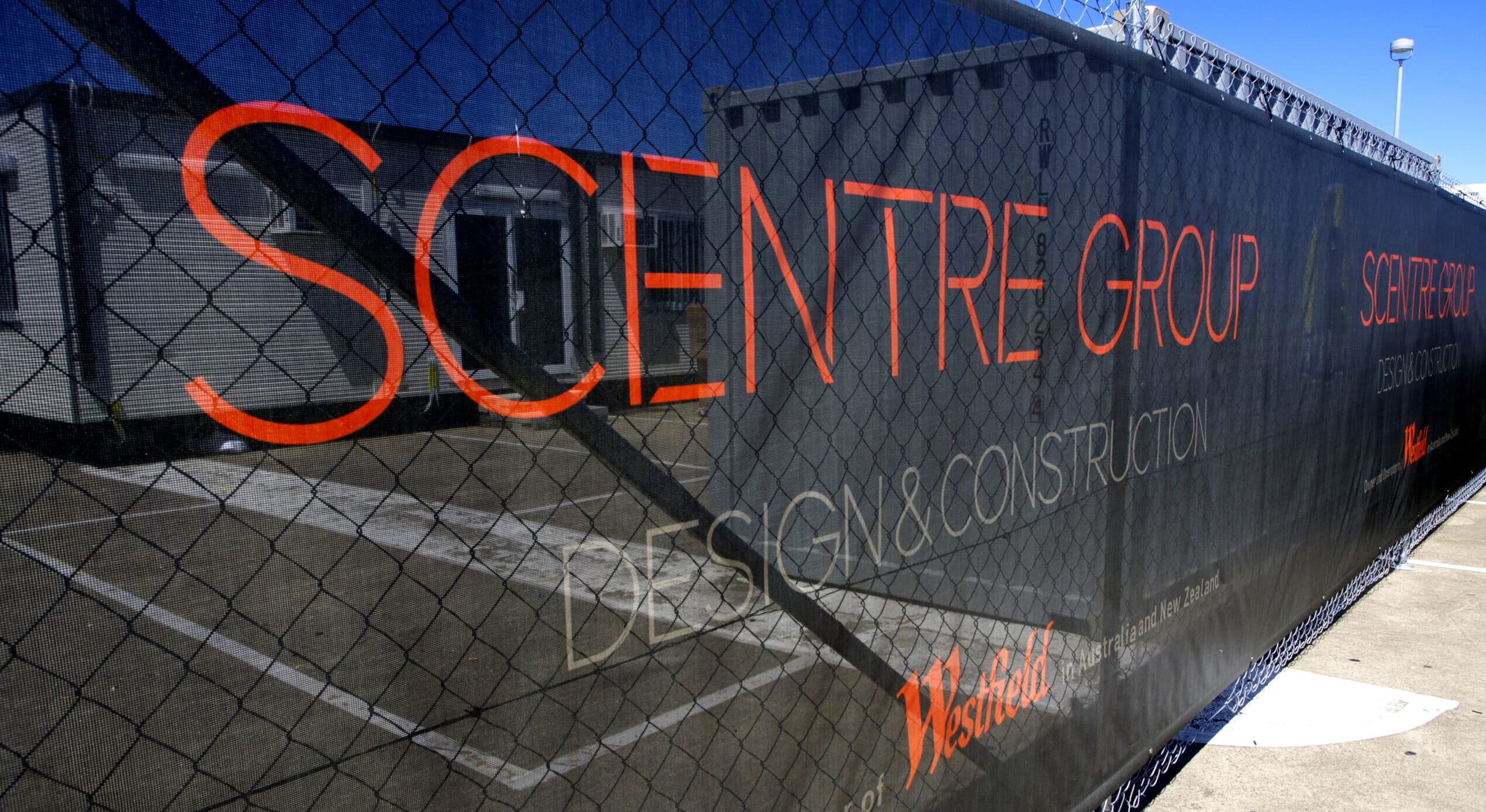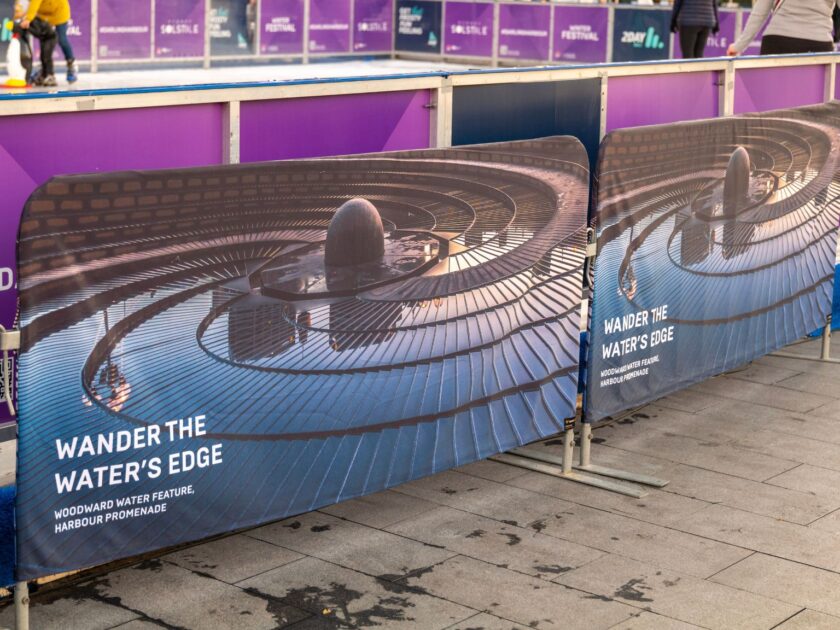CMYK vs RGB: Why do artwork files need to be set up in CMYK and not RGB?
 13 January 2021
13 January 2021 3 mins read
3 mins read
If you’re reading this I’m sure you’ve heard of both CMYK and RGB before, however you might not know the which is better when it comes to printing, CMYK vs RGB? Whether you’re a designer or getting something designed for you, it’s important to know how these two modes differ from each other. CMYK stands for Cyan, Magenta, Yellow and Key/Black whilst RGB simply stands for Red, Green and Blue. These are the base colours in which each colour mode uses to create colours. CMYK is often regarded as the much better choice when it comes to printing jobs, whereas RGB is the preferred option for online use – so lets delve into it shall we?

CMYK
CMYK is the known for being used in the printing industry (and what we use here at Mesh Direct). The reason for this is that CMYK will give you the most accurate results, particualrly when you are creating duplicates. For example, if you wanted to recreate your artwork with ink or paint, the CMYK colour mode will give you the most accurate results when creating a physical print, such as; business cards, billboards, posters and car wraps to name a few.
How it works is that a printer will create images by combining the CMYK colours to varying degrees with physical ink – this is known as subtractive mixing. All colours start as a blank white, but adding in layers of ink you start to reduce the overall brightness of the white and begin to see a new colour depending on which of the four colours you put in. When all the colours of CMYK are combined together it’ll create a pure black. AI, EPS and PDF are the three most commonly used file types when it comes to CMYK.

RGB
In contrast, RGB is the colour space for digital images and is the choice for if you are displaying on any type of screen. The way RGB works is a light source within a device creates any colour you need by mixing red, green and blue and varying their intensity – this is known as additive mixing. All colours, in this case, begin as solid black and then the light of the three aforementioned colours is added on top of each other to brighten it and at the same time create the desired pigment. When the three colours are mixed at equal intensities they create pure white, making it the polar opposite of how CMYK works. Anything that uses a smartphone, tablet, TV, computer, camera etc. will go with the RGB colour mode for best results. PSD, JPEG, GIF and PNG are four main file types that use this colour mode.

So when it comes to CMYK vs RGB, the way in which the colours are made differ completely. CMYK is the colour mode to use when setting up your artworks to be printed because it simply has a much wider and inclusive range of colours compared to RGB. Because there is less consistency and range needed on a screen RGB can certainly be effective there.
Have a look at some of the projects we have worked on here. Read up more about our artwork specifications here.





